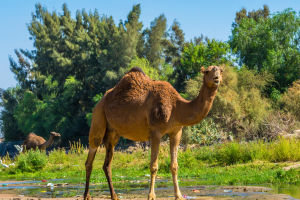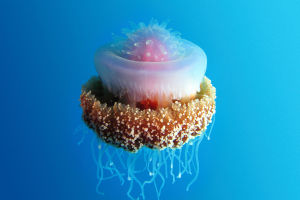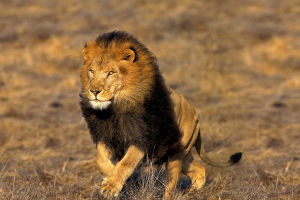Penguins are fascinating creatures known for their adorable, waddling walk.
This characteristic movement, often seen in documentaries or zoos, may seem awkward or inefficient, but it is a result of evolutionary adaptations that help penguins survive in their icy environments.
Though their wobble may look comical, it serves an important purpose and is actually an efficient way for penguins to get around. Penguins have a distinctive body shape that influences their movement. Their bodies are compact and streamlined, designed primarily for swimming rather than walking. Their short, sturdy legs are set far back on their bodies, closer to their tails.
This positioning gives penguins excellent balance and propulsion while swimming but forces them to adopt an upright, almost vertical posture when walking on land.
Additionally, penguins' feet are webbed, which is advantageous for swimming but makes walking on hard surfaces more challenging. To compensate for their short legs and upright stance, penguins lean their bodies forward and shift their weight from side to side as they move. This results in the characteristic wobble or waddle that we observe.
The penguin's waddle is not as inefficient as it may appear. In fact, it is an adaptation to conserve energy. Studies have shown that penguins' waddling motion allows them to use less energy than if they walked with a typical straight-legged gait. The side-to-side motion of the waddle helps transfer potential energy into kinetic energy. When a penguin lifts one foot, its body shifts to one side, and gravity helps swing the free leg forward.
This pendulum-like motion allows penguins to fall forward with each step, requiring less muscular effort to propel themselves. The energy efficiency of the waddle is especially beneficial in the cold, harsh environments where penguins live, as conserving energy is crucial for survival.
Penguins live in some of the most challenging environments on Earth, such as Antarctica, where the terrain is covered in ice and snow. Their waddling gait helps them maintain stability on slippery surfaces.
In addition, the waddling motion allows penguins to navigate through deep snow more effectively. Their feet are adapted to grip the icy surfaces, and the side-to-side sway helps them gain traction, even on uneven or unstable ground. While penguins may seem clumsy on land, they are exceptional swimmers. Their bodies are streamlined for underwater movement, and their wings function as powerful flippers.
This trade-off between aquatic agility and terrestrial awkwardness reflects the penguin's evolutionary priority: thriving in the ocean. Penguins spend most of their lives in the water, where they can glide gracefully and efficiently. On land, their wobbling gait is a small price to pay for their prowess at sea.
Their short legs, upright posture, and side-to-side movement make their walk appear awkward, but this wobble is actually an energy-efficient way to move across icy terrain. The penguin's waddle may look amusing, but it is a remarkable adaptation that showcases how these birds have evolved to survive and thrive in some of the world's harshest environments!


